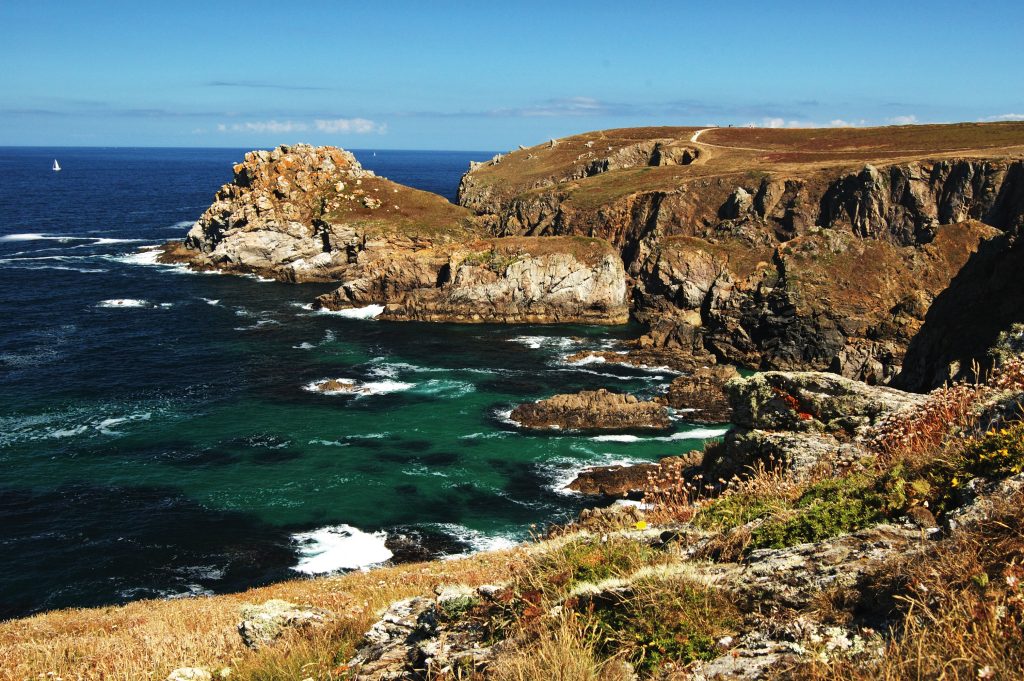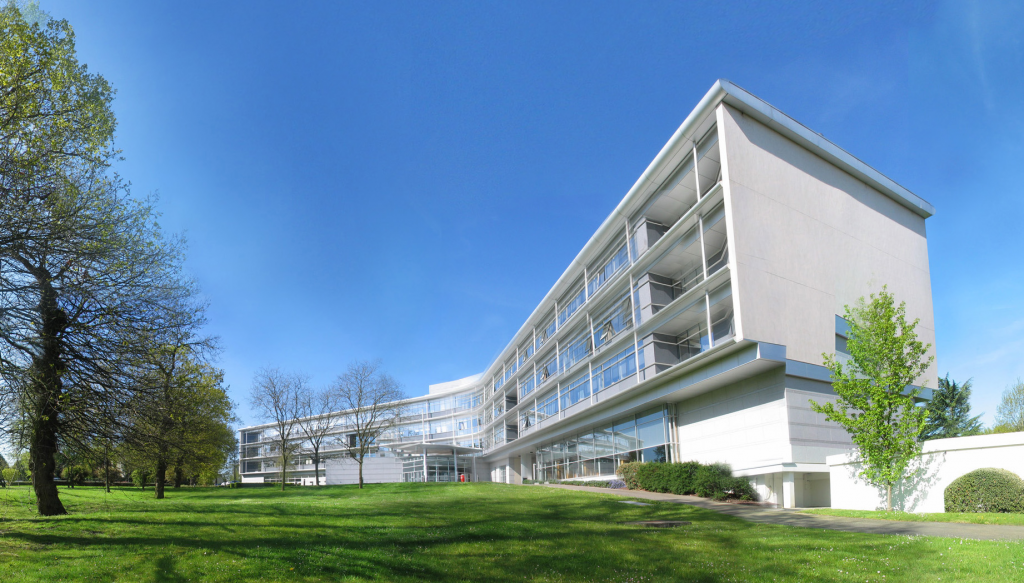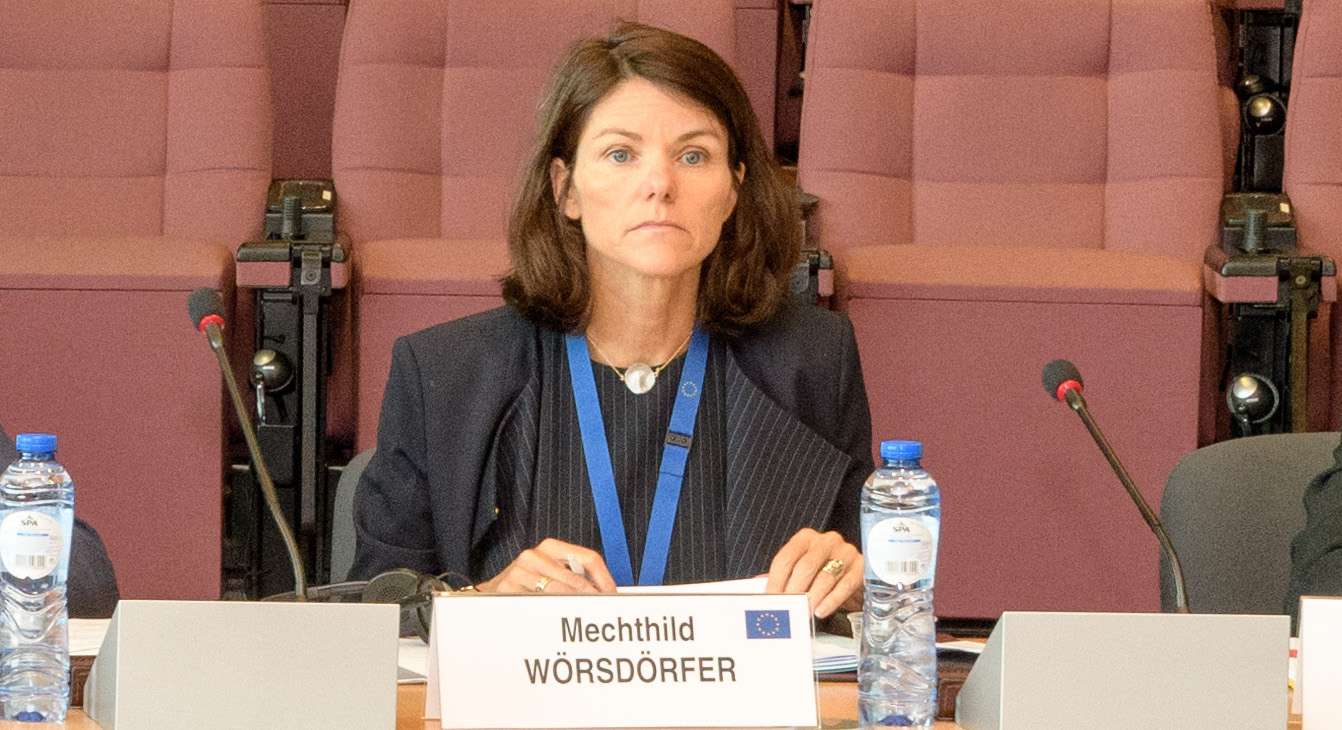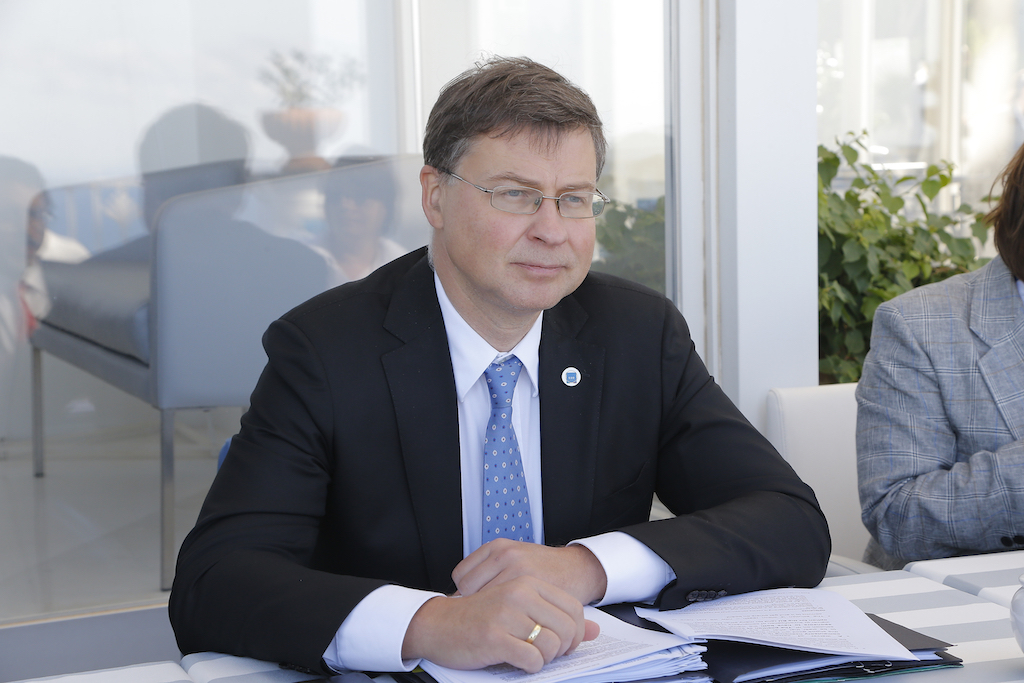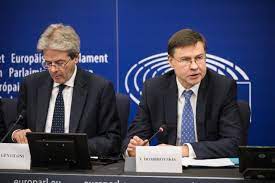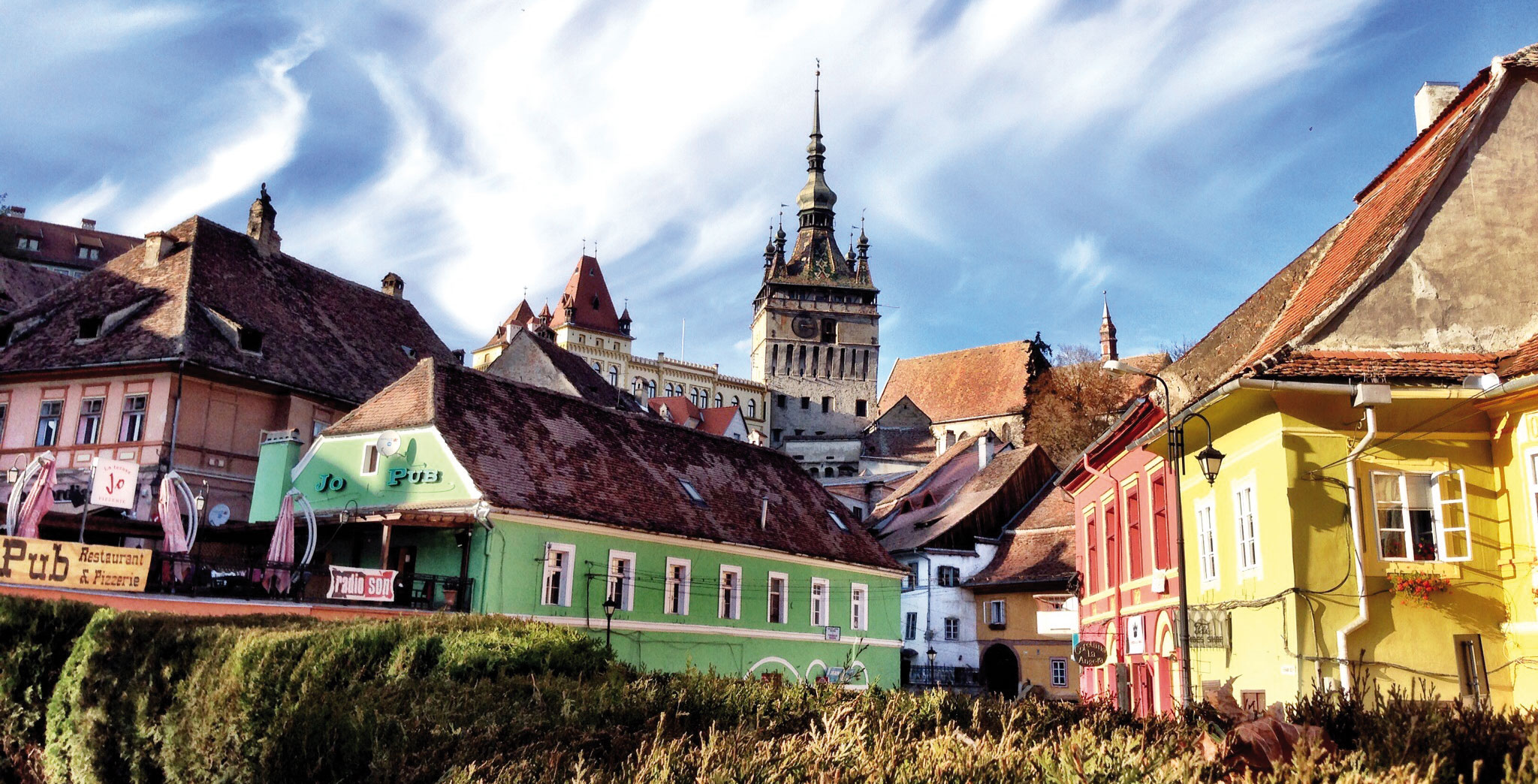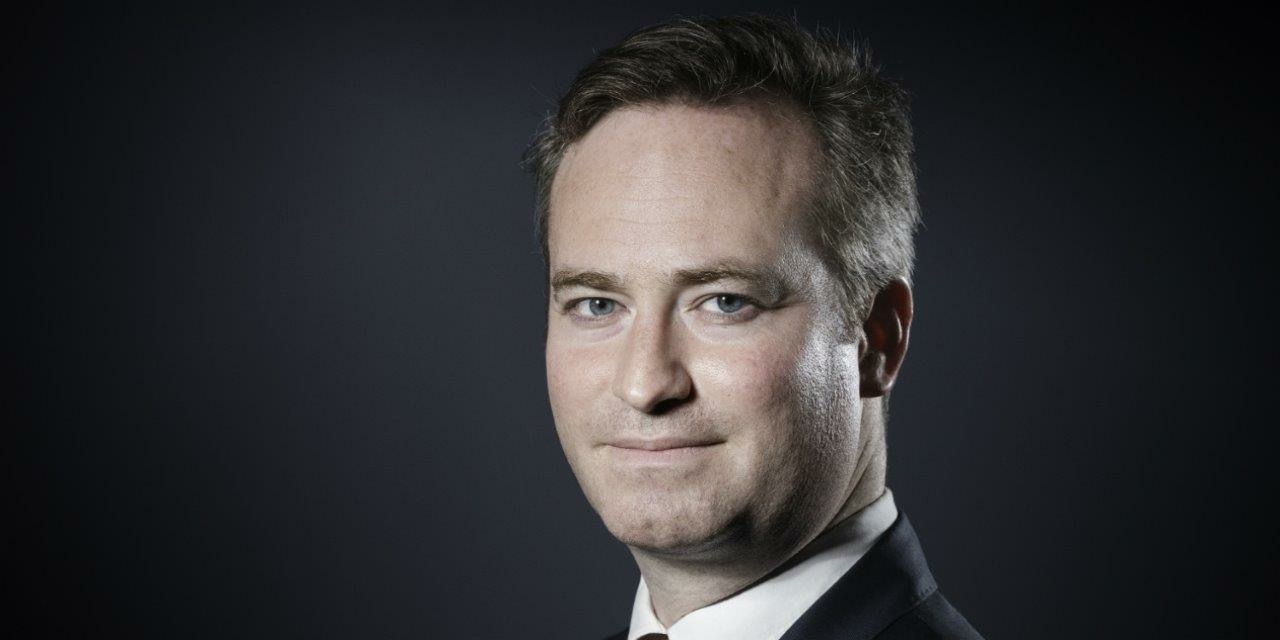
How is the Bretagne Region positioned today compared to its French competitors and European (key figures, rankings)?
Loïg Chesnais-Girard. Bretagne is in the average of European Regions, with around 90% of the average GDP. She confronts handicaps mainly related to its geographical position: it is a peninsula, remote from the center of population and decision-making of the continent. This reality is imposed on us, and we often have to exert more effort than other Regions to achieve the same results. However, we are also important assets: a population highly trained, quality of governance at the level of the best European regions and the best of France (ranking the University of Gothenburg QoG), an unemployment rate below a point to the average national, and especially a tradition of openness to the world certainly related to our coastline.
LPPM. You see yourself in the principle of “coopetition” which combines both cooperations with other regions while assuming a competitive situation?
LCG. It is useless to deny the competition between territories. She is constantly between States, between Regions, and even between areas within the same Region, whether we like it or not. However, one quickly realizes that if we limit ourselves to the competition, in the end, everyone is losing because excessive competition results in dumping situations that are detrimental to all. Bretagne gives a great importance to cooperate not only with neighbouring Regions but also with the other Regions of Europe. It is for this that we are also involved in the Conference of Peripheral Maritime Regions (CPMR).
In a configuration to 13 metropolitan areas, does the critical size of Bretagne Region assert its strengths and its potential, especially in Europe?
LCG. The concept of the critical size of the Regions makes no sense. In Europe there’s no correlation between the size of the Regions and socio-economic or cultural success. In addition, Britain is already above average European standards with still more than 3.2 million people. On the contrary, I think that if it is not accompanied by a sense of belonging and commitment to joint projects, a large size is actually a handicap. The relevant issue is not the size, but the differentiation: what are the specific assets of a region and what differentiates her from the others? I already have a city with regard to Bretagne. I could add the unique force in France of our agriculture and our agri-food industry, our maritime industries, the uniqueness of our cultural life and our languages, and especially the strength of our identity and our name: almost everyone is Bretagne. This is not the case of all French Regions, far away, and it is a tremendous asset that we must grow.
Recent years have been marked by a series of land reforms to the perimeters, skills or local taxation. Do you see new institutional and territorial developments?
LCG. It would be the Government that should be asking this question. We are pleased rather not have to deal with the consequences of a merger with a neighbouring Region, especially when I see the difficulties of my colleagues who know this situation. Of course, Britain has always claimed for historical and cultural reasons the return of the Loire-Atlantique and Nantes in the perimeter of Bretagne. But the perimeter is secondary to the skills and the means to exercise them. And, there is still work because the situation remains confused. For me, the issue priority is the Division of responsibilities between the State and communities, rather than between the communities themselves. In France, the State has not yet learned all the implications of decentralization, despite 35 years of hindsight, and does not really trust communities. The movement will have to continue in the long term.
What are the key issues and challenges for the Region (demographics, changing the economic, social and territorial balance, energy and ecological transition)?
LCG. Bretagne is obviously facing global challenges affecting all Regions: climate change, the digital revolution, developments in world trade and their consequences are obviously at the forefront. That leads us to follow good initiatives across Europe to inspire us. But of course, Bretagne has specific challenges. Population growth, the asymmetric development of our territories which tends to focus on large cities and the coast, the transformation of our industry towards higher value-added productions.
Can you introduce the concept of ‘ Glaz’art economy ‘ and its articulation with the new regional development strategy?
LCG. George is a breton word: this is a color between blue, green and gray, which reminds the changing color of the sea. It corresponds well to the fundamentals of our economy and the challenges it faces. Blue is the economy of the sea, the Green Earth and the gray of the immaterial. The challenge is to combine all three in a harmonious hue and constantly changing to adapt to a changing environment. It is the Foundation of our development strategy: rely on our natural assets to get back us in question constantly in order to seize the opportunities.
The historical and cultural identity of Bretagne is unique. Is it an asset and how is it taken into account in your strategy?
LCG. As I have already said, it’s a tremendous asset. Breton economic actors have understood by developing products with a strong local presence, including for export. And it works, because this identity gives the little extra something that often makes the difference in international competition. It is a strength because who we are we can open ourselves to others without fear of losing ourselves. This strong and open identity is at the heart of our strategy.
Between ‘local and global’, what is the right balance of your international opening policy?
LCG. We need to cultivate both with the same intensity, that’s our goal. But we soon realize that what it presents as an opposition is actually a synergy. The local aspect is the quality of life, therefore making you feel strong to open up the global. And in turn, this opening to global allows you to develop and improves the quality of life in a local aspect. I think that in reality, the two are inseparable for a sustainable development.
